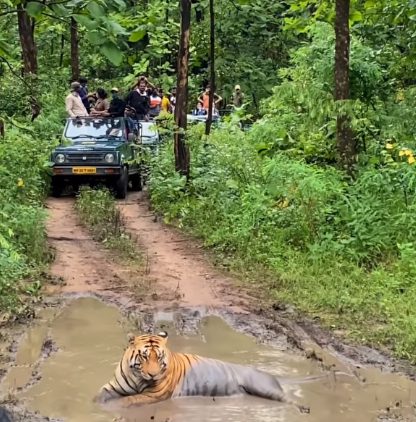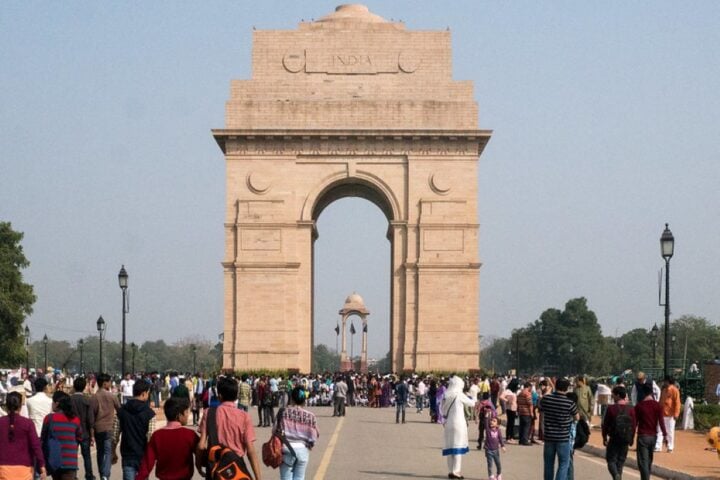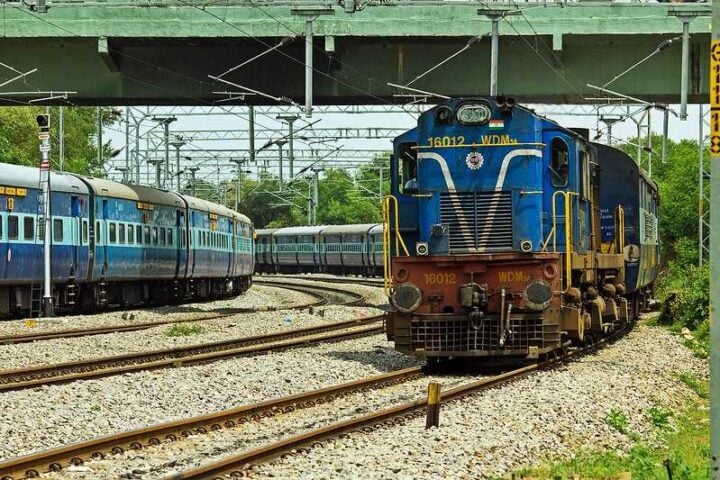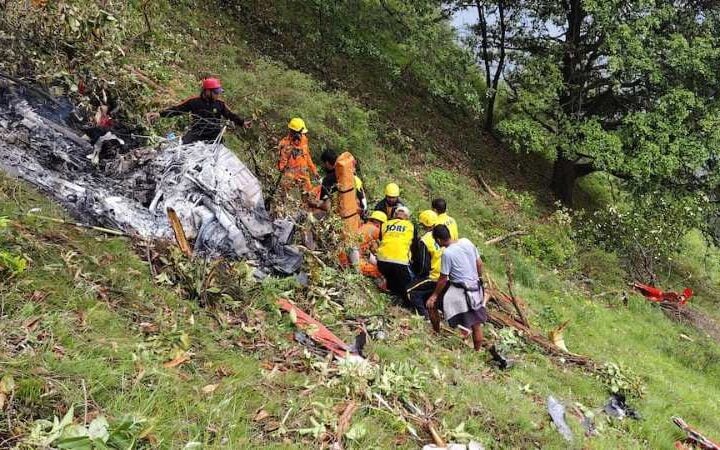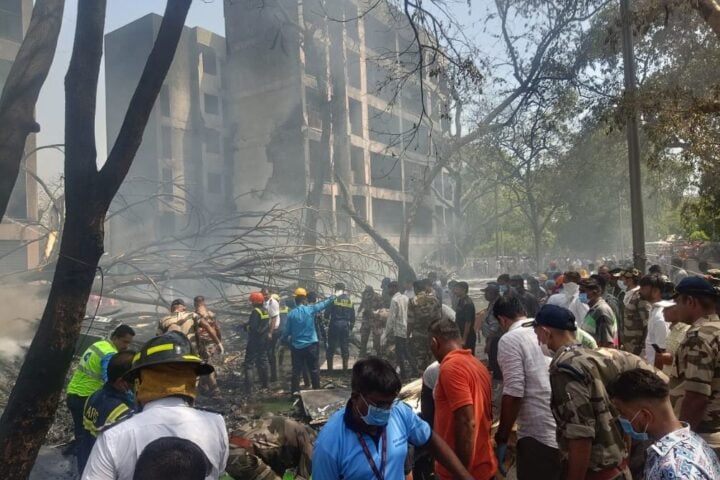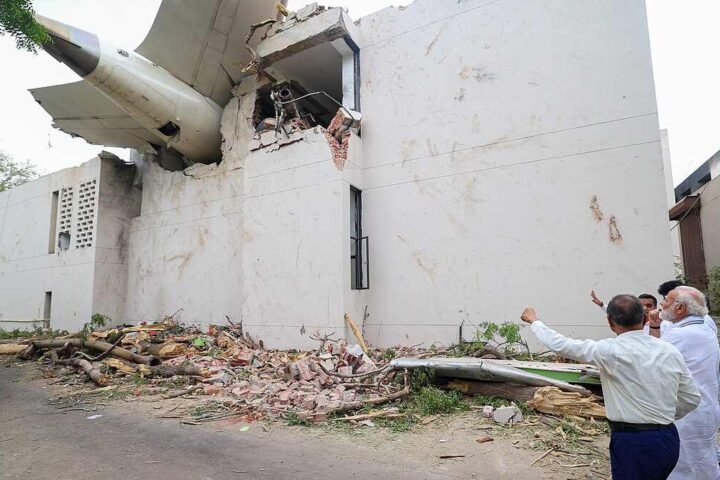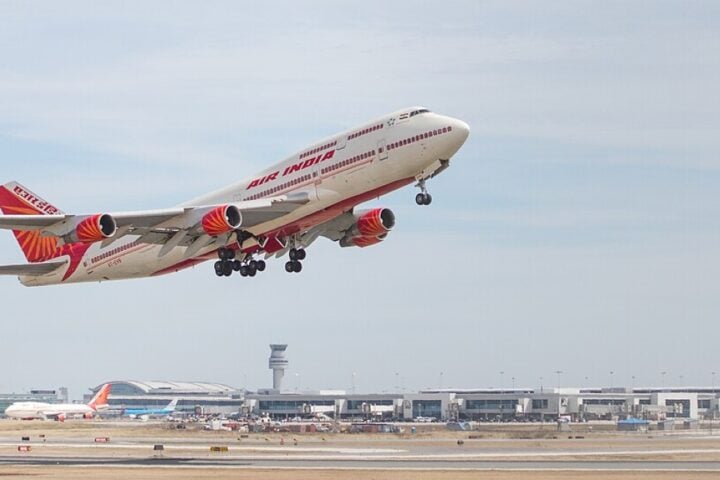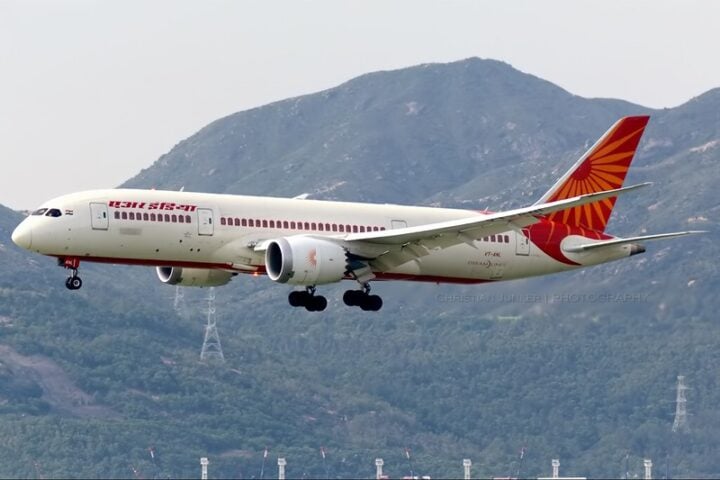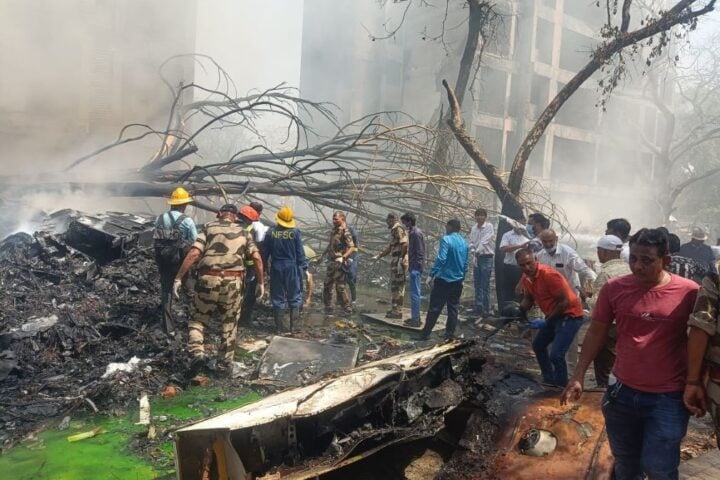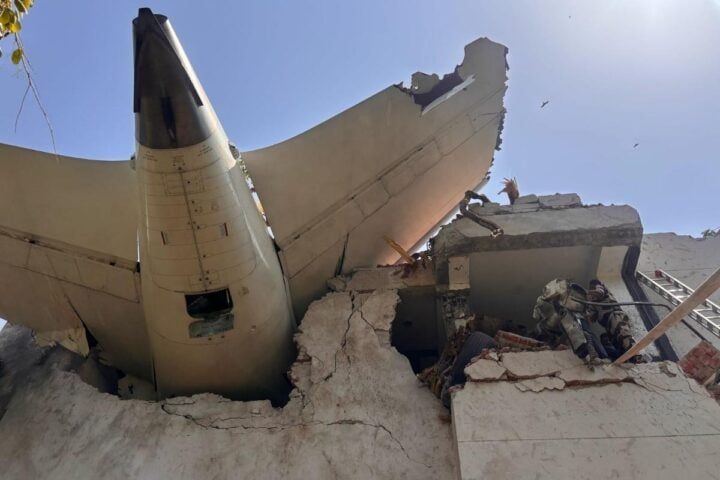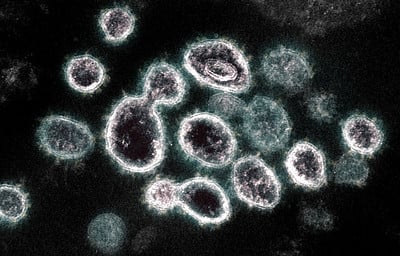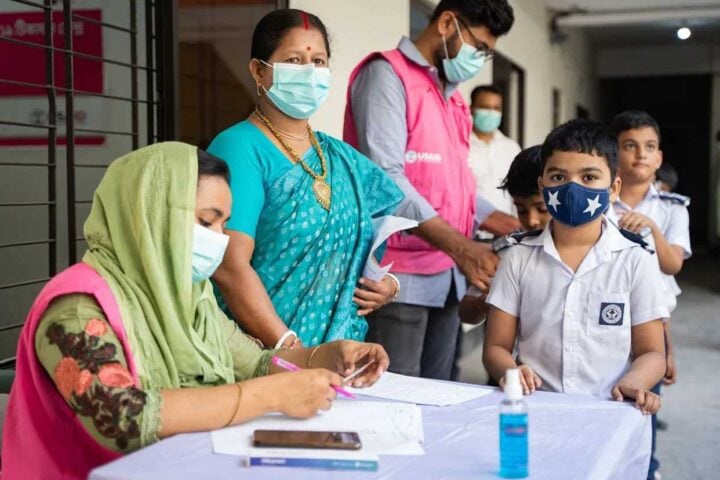Water will be ‘limited’ as Indians dread lethal summer in the upcoming days. Indians will swelter over this summer season which will feel prolonged as extreme heat-waves demolish the urge to step out. Subsequently, due to sudden increase in temperature, current water level has dropped significantly which has increased demand. India has witnessed extreme summers in the last 2-years owing to Global Warming and Climate Change. Meanwhile, the Government is not able to fix the loophole and have effectively flunked in this matter creating a water shortage in the country. 1.4 Billion residents of the country are left with a bare minimum of 4% fresh water which is mainly consumed in agriculture.
What is Water Scarcity?
Water scarcity or water shortage means lack of fresh water for consumption. India has been witnessing a serious drought in terms of effectively using water resources since the past few years. Water shortage can be credited to increased droughts or floods, altered weather patterns, climate change, global warming, water pollution, and increased human demand which is not met fully. In some parts of the country, water shortage is caused because of insufficient investment in infrastructure and technology by the Government. From the northernmost part of the country including (J&K, Haryana, Delhi, Punjab) to Central and Western parts like (Rajasthan, Gujrat, Maharashtra, MP, Jharkhand, Chattisgarh, UP) to the southern parts like ( Karnataka, Orissa, Kerala), every region is facing shortage of water due to the inconsistent efforts of the Government.
In the 2021-22 Budget, Finance Minister Nirmala Sitharaman allocated Rs 2,87,000 crore to the Ministry of Jal Shakti to launch the Jal Jeevan Mission (Urban) to ensure universal water supply to all 4,378 towns. The government is also committed to providing safe tap drinking water to every rural household by 2024. While it is a laudable target in itself, what needs to be addressed is the reversal of the shrinking stock of potable water to supply these homes. India has been facing a water crisis for the last 2 years and the government knows that the situation will only worsen in the coming years. However, the governments have turned a blind eye towards its citizens by taking out pennies from the overall budget. (Source- The Print) The government cannot manage the water crisis alone which is very evident; Citizens across the country are in a turmoil and it will take the combined efforts of civil society, the private sector – including its foundations – and the public at large to meet the challenge.} (Source- The Print) While the coal and power shortage is being attributed to poor management fuelled by populist free or cheap power policies, the reason it’s boiled over now is the extreme heat. Power demand has been spiking, hitting new record highs thrice in the last few days, the latest at the time of writing being 207 gigawatts of demand met. While scientists are cautious to link any specific extreme weather event to climate change, these are consistent with what they expect because of global warming.
(Source-NDTV) Water crisis in this country is ongoing due to the incompetent behaviour of the Government. Similarly, India will face one of the hottest and extreme spells of heat-waves in the month of May during which citizens will crave monsoon. Lashing heat-waves has forced the citizens to stay at home that has resulted in increased demand of electricity. India reported peak-power consumption on 28th April as fans and air conditioner run full power in the scorching heat. Meanwhile, water scarcity is not the only issue Indians are facing, frequent power-cuts at repetitive intervals have taken out the last bit of life of citizens. Coal, which is the main source of electricity in the country, is scarce and limited due to which the Government is not able to meet the demand. This has forced the Indian Government to look towards different alternatives in order to produce sufficient electricity. True, the mismanagement of the coal and power sector can be fixed, given political will, in time for future heat waves. However, the irony is that coal is responsible for much of global warming, being the dirtiest widely used fuel. India has a strong moral and economic argument to continue with coal plus an ambitious clean energy programme. But can Indian policy-makers afford to stick with the use-more-coal plan, can it afford climate disasters which seem to be growing in scale? Perhaps they can until climate emergency becomes a voter-priority.
(Source-NDTV) The crisis is threatening the very engine of the economy. Many thermal power plants which provide a bulk of India’s electricity are running low on coal stocks; Punjab’s power minister says demand has risen 40 per cent, and Bihar counterpart admitted an electricity shortfall of 1,000 MW. The net result is power cuts, in state after state. Things are so bad that passenger trains were cancelled to rush more coal. Six months ago, a few power plants were shut down around Delhi because of extremely hazardous air pollution in the capital. Human-made environmental disasters in India are making it difficult to keep the lights on. The costs on health and wallets will only go up unless there’s a speedy and proper policy response. (Source-NDTV)
Main Causes Of Water Scarcity
The main reason behind shortage of water is the rapid growth in population. Huge chunk of migrants make their way to the metro cities which results in increased demand. In addition, variations in annual precipitation due to climate change has worsened the situation even more. Meanwhile, in rural areas, most of the water is used for agriculture and due to bare minimum infrastructure, women travel long distances in the scorching heat to fetch water. On the other hand, this excruciating heat has tipped the mercury level which has resulted in exploitation of groundwater resources. More precisely, water transported from ground is wasted due to poor infrastructure. Effective infrastructure management is needed to conserve water in urban areas where demand is huge. A good water distribution network is the key to ensure equal access to fresh water for all the classes of society.
In a 2014 report, the Bharatiya Agro Industries Foundation estimated that 70 per cent of India’s farming is rain-fed. Yet, 65% of its total rainfall ends up in the sea. Water pollution is another source of water stress, leading to collateral losses in healthcare. Cities are home to 36 per cent of India’s population but account for 70 per cent of water pollution, according to a report by the Central Pollution Control Board. (Source-The Print, Australian Institute of International Affairs, EARTH.ORG)
• In Delhi, large parts of the cities have witnessed shortage of water and frequent power cuts. Delhi Government has promised 1000 MGD of potable water to its citizens where previously, 935 MGD was allotted. Delhi Jal Board will use 1198 water tankers to meet the requirement across several regions.
Water Minister Satyendra Jain to The New Indian Express – “To meet the water requirement of the city residents, especially considering the rising heat this year, the Delhi government is targeting to supply about 1,000 MGD of potable water during the summer of 2022 by optimising all the resources. The Delhi government is also keeping a close watch on the level of ammonia in the raw water released from Haryana so that it does not impede the water supply in the national capital”.
Delhi is one of the hottest regions of the country right now as mercury levels have increased in the capital. The mercury at the Safdarjung observatory — Delhi’s base station — is expected to breach the 43-degree mark on Thursday and touch 44 degrees Celsius by Friday, according to the India Meteorological Department (IMD). The maximum temperature may even leap to 46 degrees Celsius in parts of Delhi, an IMD official said – The New Indian Express
• If we shift a little towards the east, Uttarakhand’s capital city Dehradun is also facing a water crisis in dry conditions. Residents from several areas in the cities complained about the acute shortage of water but found no resolution. The state has a demand of over 833 million liters per day but the Government has only supplied 650 MLD which is significantly less than the demand. However, in the hilly areas of the state, the water crisis has forced women of the society to take matters into their own hands. Women hike long distances to fetch water in this scorching heat which is dangerous and tiresome. When queried about the ongoing “water crisis”, authorities maintained that over 62% of rural households in the state are receiving 55 litres/per capita/per day of water and by March 2024, all of them will be covered under the Jal Jeevan Mission. They added that 75% of urban households get an adequate water supply. “We are getting complaints from certain areas and work is being done to resolve the situation. The tubewell for the Khurbura colony had malfunctioned. It has now been repaired. Water supply in the area will resume shortly,” said an officer of the Jal Sansthan of Uttarakhand.(Source-PTI)
• Meanwhile, in rural Maharashtra, Over 200 wells have been acquired to address water scarcity in villages of Marathwada region and at least 13 tankers have been pressed into service to meet the demand, an official said on Thursday. According to the divisional commissioner’s office, administration has acquired more than 253 wells and water tankers to meet the demand in the drought-prone region. At least 13 tankers have been engaged to supply water to four villages in Jalna district, six in Hingoli and one in Nanded, the official said. The administration has acquired 160 wells, which is the highest, in Hingoli district, followed by 33 in Nanded, 27 in Aurangabad, 24 in Beed and nine in Jalna, he said. Subsequently, the irrigation department has released a report, 81 major projects have 54.33 percent water storage as compared to 50.03 per cent at this time last year. In 81 medium projects, the storage is at 53.44 per cent compared to 50.33 per cent the same time last year, while water storage in 838 small projects is at 46.29 per cent compared to 27.6 per cent the same day last year, it stated. (SOURCE- PTI).
The Way Ahead
•Many non-profits like NAAM foundation, PANI foundation, Watershed Organisation Trust are making strides in creating water table rejuvenation systems. Many volunteered efforts to create contour trenches, diversions, rock dams, check dams and more in order to slow down and divert water flow help the groundwaters to rise. Paani Foundation also a took a step ahead to televise a water cup in Maharashtra.
•Government’s efforts have begun via Jalshakti Minister in their capacity. Although prolonged intervals in their activity has delayed the conservation efforts. In May 2022, a series of lakes called as the first ‘Amrit Sarovar’ in India will be inaugurated in UP.
•While the public and private sectors joining hands to solve water issues for social, economical and environmental impact is the foundation to a world where all have access to clean water as a basic human right, it is entrepreneurial energy which can provide truly disruptive solutions. We need committed entrepreneurs, with speed and scale as their DNA, to bring their capacity for ground-breaking innovation and problem-solving into water challenges. For example, organizations like FFEM (Foundation For Environmental Monitoring) have developed cutting edge technology to detect contaminants by using smartphones and have democratized water testing. The test is conducted in the field itself and has no need for samples to be carried to specialized labs in a big city. This helps communities to monitor their drinking clean water, via a simple test, at a fraction of the cost. All in all, 2022 has been the harshest summer India has faced in a long time and there is no relief on the cards. Meanwhile, experts believe the only realistic way forward is to switch to renewables and practice a sustainable lifestyle.
•Sustainable use of water resources and regular maintenance & supply and Demand side management. Water conservation & water harvesting projects (including prevention of water pollution) & expanding sources of usable water (through wastewater reuse or desalination).
•Water scarcity can be managed if correctly identified, many of its causes can be predicted, avoided or mitigated. Effective infrastructure management in cities is vital to preserve water.


